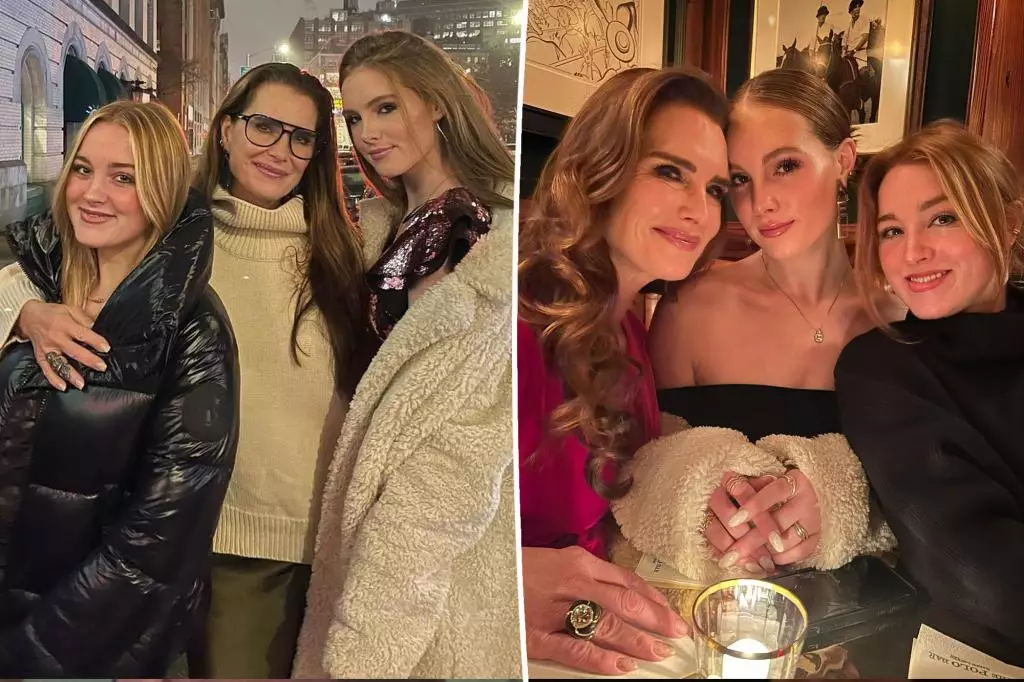In a refreshing and humorous revelation, Brooke Shields has made clear her intentions regarding her prized jewelry collection: only her younger daughter, Grier Henchy, will inherit it. At 19, Grier has shown a profound understanding and appreciation for the true value of these pieces—more than mere aesthetics or monetary worth. As Shields shares in a candid interview, her older daughter, 22-year-old Rowan, “has lost every piece [she’s] ever given her.” This distinction is telling, not only about the dynamics between the siblings but also about Shields’ philosophy toward ownership and legacy.
The matter-of-factness with which Shields speaks on this topic highlights a significant generational shift in appreciating luxury. For Shields, jewelry is not just ornamentation; it is imbued with stories and craftsmanship. Grier’s capacity to distinguish between genuine and imitation reflects a maturity that may not be universal among her age group. This stands as a testament to Shields’ parenting, encouraging her daughters not merely to possess but to understand and treasure.
The Emotional Tapestry of Jewelry
While jewelry is often seen as a luxurious adornment, for Shields, it weaves a tapestry of emotional significance. In her words, “It’s not about the gold or diamonds alone.” This perspective shifts the focus from mere financial value to the craftsmanship and history that accompany each piece. Shields recognizes that her attachment to her collection is more than superficial—it’s a legacy enriched by memories. The laughter she shares about Rowan’s jewelry mishaps adds a layer of relatability; after all, sentiment often eclipses practicality.
Shields attributes much of her appreciation for jewelry to her late mother, Teri, who instilled in her the principle of self-empowerment through ownership. The adage, “Buy yourself your own diamond—don’t wait to be given one from a man,” speaks volumes about the need for independence and self-worth. In a world still rife with historically patriarchal expectations, Shields’ declaration is not just a personal philosophy but a clarion call for women everywhere to claim their own narratives.
Jewelry as an Experience and a Bond
Shields reminisces about global shopping excursions for jewelry with her mother, highlighting how these experiences fostered a bond that transcends generations. Each trip is laden with memories; the significance of pearls in Asia or diamonds elsewhere represents more than mere retail therapy. Instead, such moments crystallized life lessons about style, taste, and perhaps even resilience and personal expression.
This narrative speaks to a larger theme: the nature of connections we create with our families through shared experiences. In an age dominated by fleeting moments and digital interactions, Shields exemplifies how physical objects—like jewelry—can encapsulate shared familial love and values.
In sharing her thoughts, Brooke Shields emerges not merely as an actress or author, but as an advocate for valuing emotional connections and self-empowerment. Far from being a superficial discussion about adornments, her reflections offer an avenue to explore deeper themes of heritage, identity, and the transformative power of personal choices.

